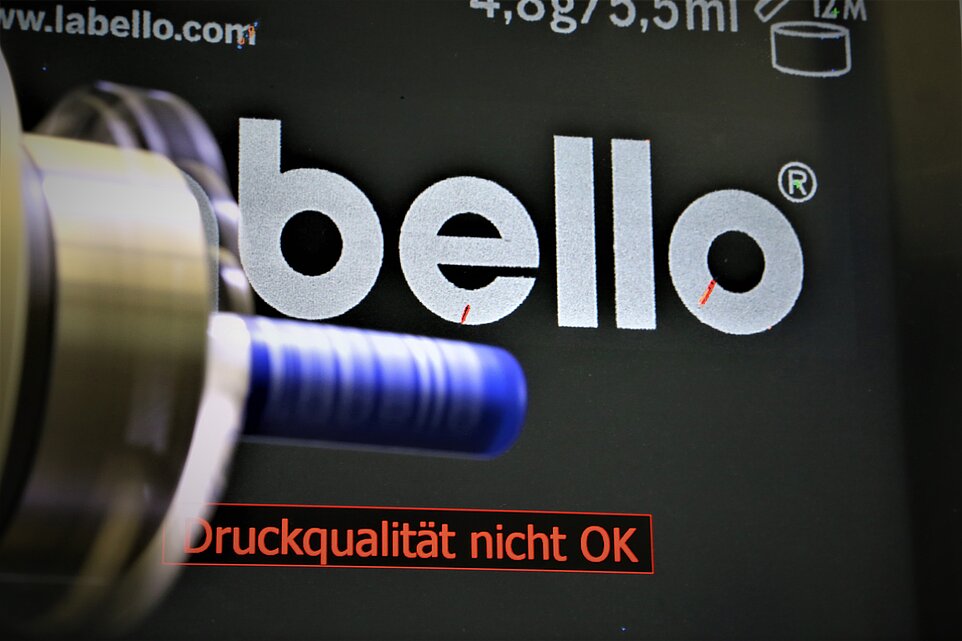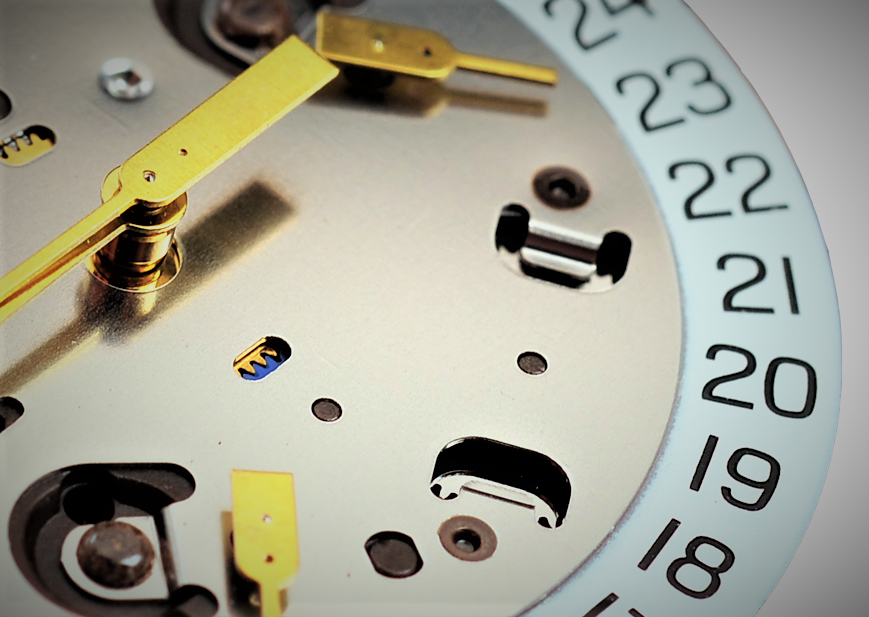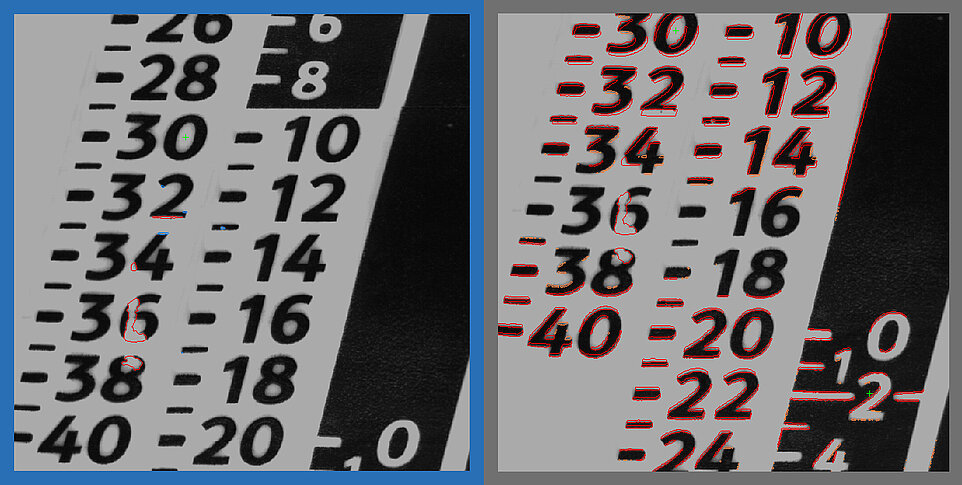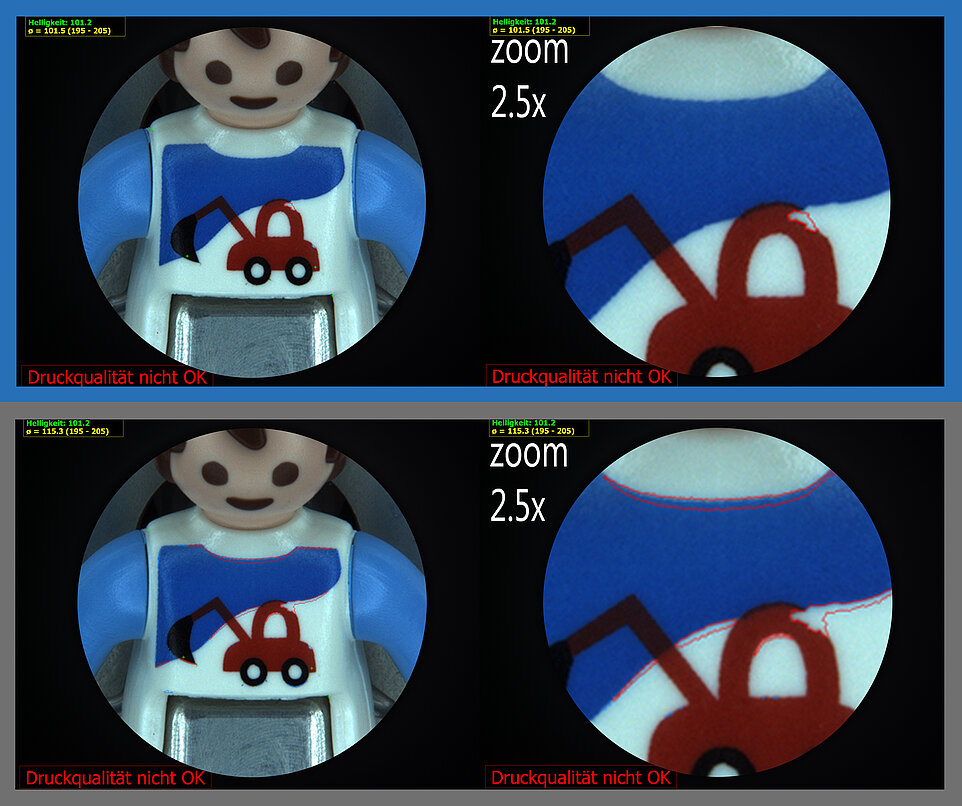Industrial Printing: Flexible Universal Tool for Automatic Optical Print Inspection
Printing processes are used in numerous industrial manufacturing applications, which range from the marking of products and packaging to decorative coloring and forgery-proof labelling of origin. Not only flat surfaces are getting printed, but also sophisticated three-dimensional objects. In addition to the wide range of traditional printing technologies, special processes such as laser marking, dabber printing, lithography, or digital printing are employed.
“We developed a brand-new software solution that can be freely configured by the user for the camera-supported automatic quality control of printed industrial products”, explains Roman Haller, project manager at Compar AG in Pfäffikon SZ, Switzerland. The company engaged in engineering has been active in the field of industrial image processing for almost 35 years and works for numerous renowned Swiss and international industry customers.


In all industrial high-tech sectors such as pharmaceutical and medical engineering, watchmaking or the automotive and electronics sector as well as manufacturers of toys, inspection systems from Compar can be found. Based on know-how gained through the development of countless complete quality control systems for all kinds of printing processes and products, the VISIONexpert® tool “Optical Print Inspection” is a software package suited for almost universal applications. So far, such solutions had to be developed by external experts for just one application or for a limited range of closely related application areas. The new tool, however, is designed to enable users to configure their own solutions for a wide range of different application fields or new products. At the same time, it comes with a very powerful function library, with the help of which even highly demanding tasks can be mastered.
A leap far beyond the previous special products
“In order to understand the meaning of this advancement, you have to keep in mind how systems for print inspection have been created up to now“, R. Haller adds. The automated optical control of print images is by no means a simple matter, for which only a few good / bad comparison images are required. In real life, the requirements are often highly complex because the devil is usually in the details.
It starts with the almost unmanageable variety of printing processes employed and the large variety of products to be printed. Another important factor is the definition of the tolerances of what can and cannot be accepted. In addition, the range of quality specifications varies tremendously depending on the area of application. The highest requirements are found in industries like pharmaceuticals or watchmaking, where deviations in the range of hundredths of a millimeter sometimes constitute a reject criterion.


Other sectors such as manufacturers of toys or packaging are frequently much more tolerant in this regard. On the other hand, esthetic criteria or product appearance are often being taken into account. In addition to the question of pure contour sharpness, it is e.g. then about color deviations, uniformity of the color application or distortions of the printed image, which actually depend on the printing method.
In dabber printing for instance, the widths of the elastic impression stamp may differ depending on the contact pressure. Geometrical variations in two- or three-dimensionally curved objects or temperature-related dimensional changes at the moment of printing might also lead to distortions. Because of this complexity, so far - when developing automatic control systems - a “tailor-made suit” consisting of hardware and software almost always had to be implemented to meet the needs of the customer.
The problem with the need for profitability
“Depending on the technology, the printing outcome always vary to a certain extent, which is why the selection of quality criteria can have a significant impact on the profitability of production,” says R. Haller. Therefore, depending on the product and printing process, excessive demands could result in unacceptably high reject rates. Moreover, the distinctive features of the printing technique employed always have to be taken into account. Undesired scorch on the units’ surfaces may occur when laser printing is used. In digital printing with inkjet print heads, neighboring droplets might flow into one another, and when printing on curved surfaces, distortions or “accordion effects” are often expected.

Condensed real-life know-how

“Our new software unites all the experience derived from a large number of individual solutions implemented over the years in an extremely versatile overall package”, R. Haller reveals. This includes complex skills such as the consideration of distortions e.g. in case of flexible materials such as films or textiles, the use of screens to blank out unwanted environmental information such as mounts, or checking specific areas for stains or splatter. If so required, esthetics can also be prioritized over perfection, for example with toys, where minor errors can be tolerated as long as they aren’t visually bothering. A real highlight, for instance, is the ability to check the print on product areas that are only partially visible behind a disruption in the packaging. The software recognizes which section of the printed image is involved and only checks the visible area for errors. Examples of such applications are assortments of jigsaw blades or products with a scale in sales packaging made of printed cardboard. Another big advantage of VISIONexpert® is the fact that Compar is thoroughly experienced with tasks in the field of high-precision optical measurement down to the nanometer range. In such applications, this expertise can help to avoid unnecessary product losses resulting from too strictly defined tolerance specifications.
Easy to set up and adapt by the user
“When the software was designed, the focus was on maximum user-friendliness,” R. Haller says. Actually, it combines software modules from numerous previously implemented developments that can be accessed using a simply structured user interface. The package can be used without requiring any special previous knowledge and, thanks to the background module libraries available, it can be configured quickly and easily for a wide range of applications. Therefore, it can be adapted to other printing techniques or products at just any time.
Hierarchically structured access authorizations allow previously defined employees to teach new or changed image patterns, e.g. when unexpected error categories occur or when new products are taught. It can thus be flexibly adapted to the personnel structure in the respective company. If necessary, VISIONexpert® can help to expand the functional range to include additional image processing topics such as measurement, position control, etc. And last but not least, all this is backed by the longstanding consulting and problem-solving skills of a company that has been active in the field of computer-aided image processing for decades.





